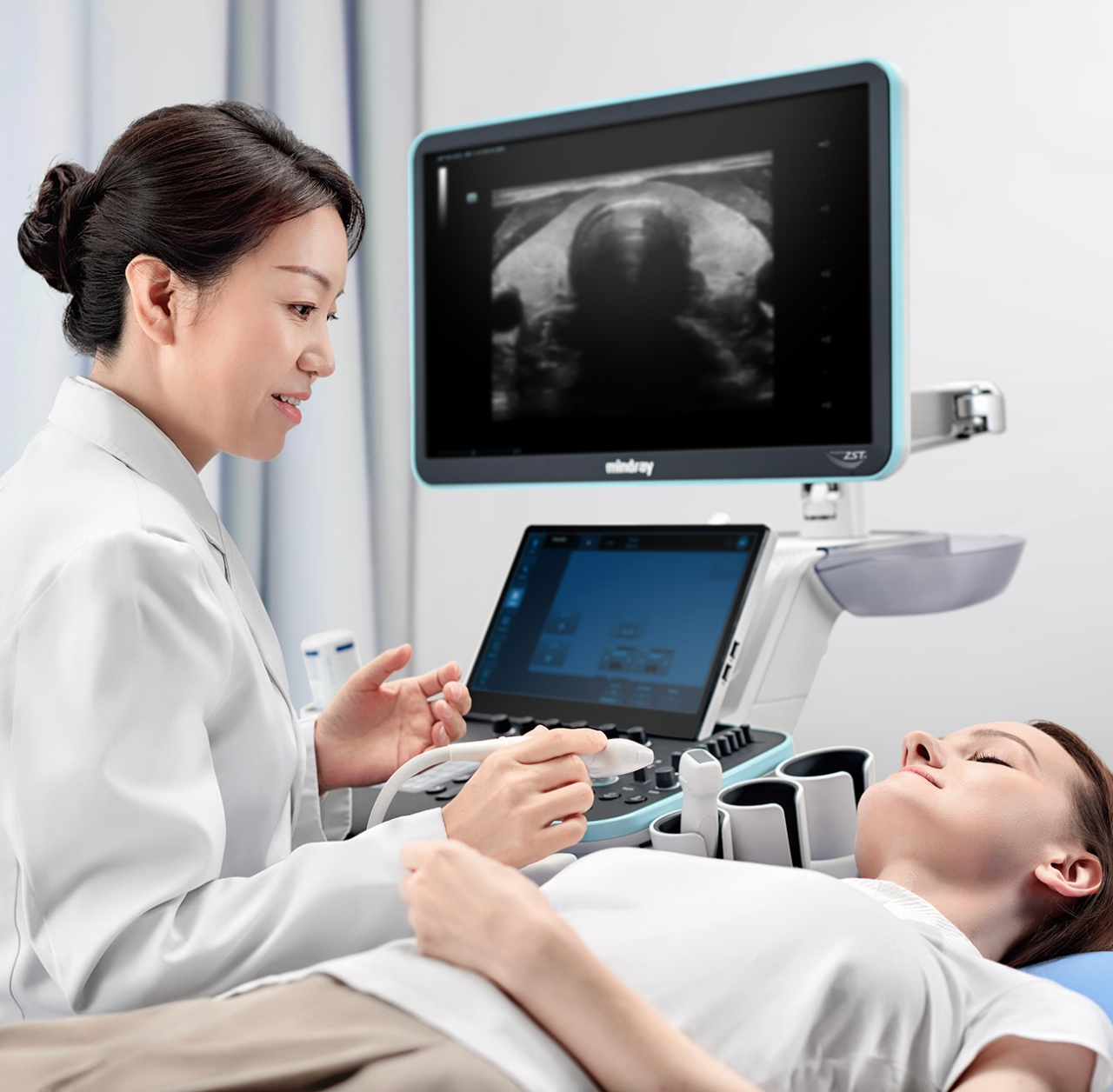1. Introduction
Choosing the right echography machine is crucial for any medical practice, as it directly impacts diagnostic accuracy, workflow efficiency, and patient care. With the rapid advancement of medical imaging technology, selecting a machine that aligns with your practice’s needs can be overwhelming. From image quality to portability and software integration, several factors play a role in determining the best device for you.
This guide will walk you through the essential considerations when selecting an echography machine, ensuring you make an informed decision that benefits your patients and practice.
2. Understanding Your Practice’s Needs
Before diving into specifications, it’s important to assess your specific clinical requirements.
- Types of Medical Practices Using Echography:
- Hospitals & Large Medical Centers: Require high-end, multi-application machines with advanced imaging capabilities.
- Private Clinics: May prioritize cost-effective machines with specific features tailored to their specialty.
- Mobile Ultrasound Services: Need compact, portable solutions for on-the-go diagnostics.
- Specialties & Use Cases:
- OB/GYN: High-resolution 3D/4D imaging is essential for fetal assessments.
- Cardiology: Doppler imaging and AI-assisted measurements improve accuracy.
- Musculoskeletal & Vascular: Requires detailed soft tissue and blood flow analysis.
- Patient Volume & Workflow Requirements:
- High-volume clinics may need fast image processing and automation features.
- Practices with space constraints may prefer portable or handheld devices.
3. Key Features to Consider
When comparing different models, keep the following essential features in mind:
- Image Quality & Resolution:
- High-frequency transducers for detailed imaging.
- 2D, 3D, and 4D imaging capabilities.
- Portability & Design:
- Handheld devices are suitable for mobile diagnostics.
- Portable ultrasound machines offer a balance between functionality and mobility.
- Stationary systems provide advanced features but require dedicated space.
- Transducers & Probe Compatibility:
- Linear, convex, phased array, and endocavitary probes cater to different applications.
- Multi-probe compatibility allows for diverse imaging needs.
- User Interface & Software:
- AI-driven automation for faster diagnostics.
- Touchscreen vs. physical control panels.
- Customization options based on user preferences.
- Durability & Maintenance Needs:
- Warranty and lifespan considerations.
- Ease of servicing and availability of replacement parts.
4. Budget Considerations
Cost plays a significant role in selecting the right echography machine.
- Entry-Level vs. High-End Machines:
- Budget-friendly machines may lack AI and advanced features.
- Premium devices offer cutting-edge technology but come at a higher price.
- New vs. Refurbished Machines:
- Refurbished models can provide significant cost savings without compromising performance.
- Ensure the device has been tested and certified by a reputable vendor.
- Long-Term Cost Factors:
- Software updates, maintenance, and probe replacements.
- Consider machines with a lower total cost of ownership (TCO).
- Financing & Leasing Options:
- Leasing allows for lower upfront costs and flexibility.
- Purchasing may be cost-effective in the long run for high-usage clinics.
5. Choosing the Right Brand & Model
Several top brands manufacture high-quality echography machines, each with its strengths.
- Comparison of Leading Brands:
- Siemens Healthineers: Known for high-performance machines with AI-assisted imaging.
- GE Healthcare: Offers reliable and durable systems with innovative ultrasound technology.
- Philips: Provides high-resolution imaging with excellent portability options.
- Mindray: Cost-effective solutions with advanced imaging features.
- Sonosite: Focuses on rugged, portable ultrasound devices.
- Model-Specific Advantages:
- Philips Lumify is a great choice for mobile diagnostics.
- Siemens ACUSON series is ideal for hospitals requiring cutting-edge technology.
- Butterfly iQ+ is a handheld device suitable for multi-purpose use.
- Reviews & User Feedback:
- Check medical forums, professional reviews, and testimonials from other healthcare providers.
- Testing & Demo Options:
- Request a demo to evaluate ease of use and imaging quality before making a purchase.
6. Future-Proofing Your Investment
To ensure long-term usability, consider:
- AI & Automation Features:
- AI-driven image enhancement and automated measurements improve diagnostic efficiency.
- Upgradability & Software Support:
- Look for systems that support future software updates.
- Integration with Other Medical Systems:
- Ensure compatibility with Electronic Medical Records (EMR) and Picture Archiving and Communication Systems (PACS).
7. Final Checklist for Buying an Echography Machine
Use this quick checklist before finalizing your purchase:
- Identify the main applications and required features.
- Consider space and portability requirements.
- Compare image resolution and transducer compatibility.
- Evaluate software, AI capabilities, and automation features.
- Assess budget, financing, and long-term cost factors.
- Research top brands and read user reviews.
- Request demos and compare ease of use.
8. Conclusion & Next Steps
Choosing the best echography machine for your practice requires careful evaluation of your clinical needs, budget, and future expansion plans. Whether you need a portable ultrasound for on-the-go diagnostics or a high-end machine for specialized applications, understanding key features will help you make an informed decision.
We recommend consulting with manufacturers, requesting demos, and exploring financing options to ensure your investment aligns with your long-term practice goals.
By selecting the right echography machine, you enhance patient care, improve workflow efficiency, and stay ahead in the ever-evolving field of medical imaging.
